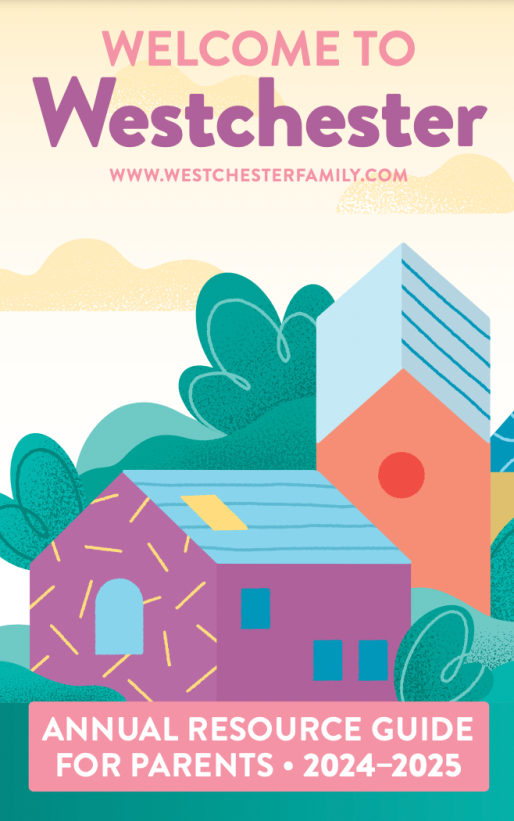Back to School!
September means a lot of
different things to people in the Northeast – the end of the carefree days of summer, the anticipation of fall foliage and for children and their parents the start of a new school year. For many children this is an exciting time to renew old friendships and jump into a more scheduled routine. For other children (and their parents) this can be a time of stress and anxiety. Preparing your child for this transition can make the start of the school year a little smoother.
First Day
Make the first day of school easier by acknowledging a child’s nervousness. Remind them that everyone feels nervous on the first day. If they are starting a new school, make a trip to the school prior to the first day. Find the child’s classroom, locker, the cafeteria, bathroom, etc. so that the school won’t seem so foreign. Make an extra effort to meet other kids in your child’s class so that he will have a familiar face in the classroom. Finally, spend time talking about the positive and fun events of the prior school year or if it is your child’s first year speculate on the fun activities awaiting your child in school.
Backpack
New clothes, new shoes and of course a new backpack are always highlights for the new school year. When choosing a backpack make sure that it has two wide padded shoulder straps and that it is not packed with extra, unnecessary items. Encourage your child to wear both straps to avoid unnecessary strain on his back. Rolling backpacks are also an option but are difficult to get up stairs and to roll in the snow.
Travel Safety
Traveling to and from school may involve a school bus, car, bicycle or walking. Make sure to review safety tips with your child. If traveling by school bus remind your child to always cross in front of the bus, to stay seated at all times and to always wear the appropriate seat belt. When in a car, the back seat is the safest spot for children under 13. Your child should ride in a car safety seat with a harness as long as possible. A child is ready for a booster seat when he reaches the top weight or height allowed for the seat and his shoulders are above the top harness slots. Generally kids should be in a booster seat until the seat belt will fit properly on its own (generally when the child reaches 4 feet 9 inches and is between the ages of 8 and 12). Bike riders should always wear helmets, be comfortable with bike hand signals, ride with traffic and have a safe route mapped out and agreed upon prior to setting out. Students who walk to school should follow a safe route and cross intersections with a crossing guard. Be realistic about your child’s maturity and ability to walk to school on his or her own.
Good Habits
A new school year is the time to develop good homework and study habits. Provide your child with an environment without distractions that is conducive to doing homework. Make sure to set aside ample time for them to finish homework and make a “No TV during homework” rule. Limit TV use in general and encourage active play when homework is finished. Children’s schedules can get overloaded so don’t forget to allow non-structured time to play and be a kid! Most of all, communicate with your child. September and the start of school can be a really great time of year.
Kristin Roye, M.D., practices at Briarcliff Pediatric Associates at Phelps Memorial Hospital in Sleepy Hollow.















